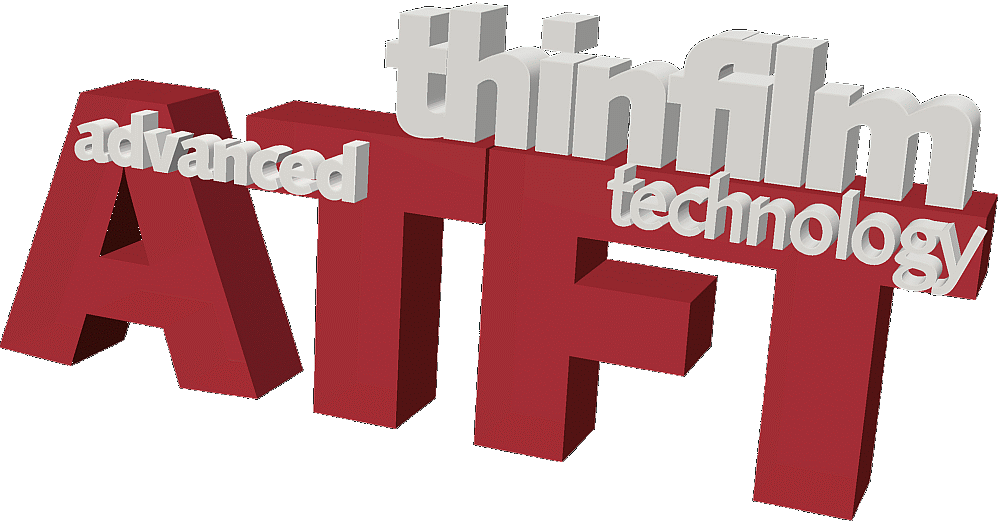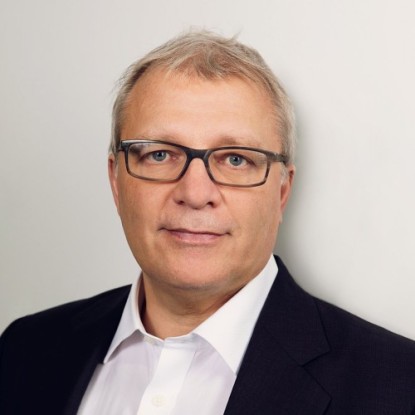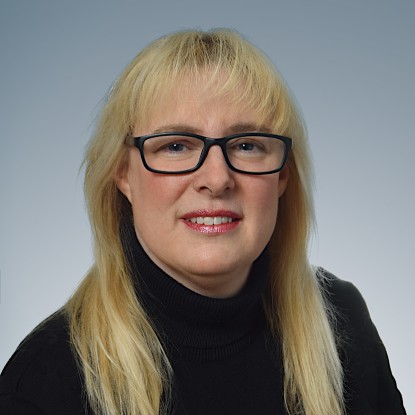Within the framework of the research strategy of the TU Darmstadt, the Department of Advanced Thin Film Technology is involved in the research field Matter and Materials. Within this research field, we are anchored in the profile topic Materials Design for Circularity.

BMBF joint project: TOSCA/ANGELOTTI


(July 2021 – June 2024)
Within the Framework Program for Universe and Matter Research (ErUM) of the BMBF, the TU Darmstadt is part of the research network TOSCA (Technology Of high-gradient SuperConducting future Accelerators), which is coordinated by the University of Hamburg (Prof. Dr. Wolfgang Hillert). The subproject of the TU Darmstadt is called ANGELOTTI (Accelerators: the Next GEeneration – materiaLs, cOmponents, sysTems and simulaTIons) and is led by Lambert Alff. On the part of the TU Darmstadt, further participants are Michaela Arnold, Norbert Pietralla (both Institute for Nuclear Physics) and Herbert De Gersem (etit). The research subject of the Advanced Thin Film Technology group is energy-efficient copper-based cavities coated with the superconducting material Nb3Sn (see picture on the right) for superconducting accelerators. The picture on the left shows the original poster by Adolfo Hohenstein for the premiere of the name-inspiring opera Tosca by Giacomo Puccini.
BMBF joint project: 05H2018 – R&D BESCHLEUNIGER /STenCiL
Key technologies for SRF accelerators (July 2017 – June 2021)
In this joint project with the Universities of Rostock (in charge Prof. Dr. Ursula van Rienen) and Hamburg as well as the Bergische Universität Wuppertal), our group participated in the subproject Surface Treatment and Analysis of Superconducting Materials for Performance Enhancement of SRF Cavities.
EU/ECSEL joint project storAIge
(July 2021 – June 2024)
In the EU's Horizon 2020 framework programme in the ECSEL-IA line (Electronic Components and Systems for European Leadership – Innovative Action), the collaborative project storAIge is being launched at the Advanced Thin Film Technology group. storAIge stands for "Embedded storage elements on next MCU generation ready for AI on the edge. In addition to EU funding, the project is also supported by the BMBF. The Advanced Thin Film Technology group is working on the material fundamentals of the transition from digital to analogue memory devices as required for neuromorphic computing and artificial intelligence. The group will also conduct irradiation experiments, which are essential for aerospace applications in particular. Partners in the large European joint project with a total funding of above 100 M€ are e.g. ST Microelectronics, CEA/LETI and Fraunhofer IPMS.
EU/ECSEL joint project WAKeMeUP
(2017 – 2021)
The project acronym stands for Wafers for Automotive and other Key applications using Memories, embedded in Ulsi Processors. In this project, the Advanced Thin Film Technology group has been working on the development of new digital memory materials and, in collaboration with GSI, has been investigating its own memory components and those of project partners such as CEA/LETI, Fraunhofer IPMS in irradiation experiments for space application. The project partners in the over 100 M€ network were ST Microelectronics (consortium leader) and Continental, in addition to those mentioned above.







